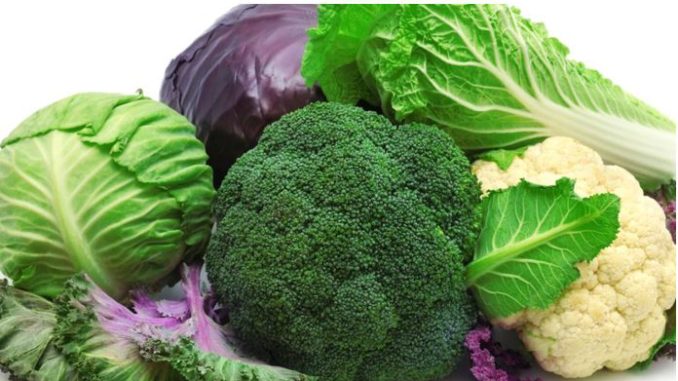
A salad is a dish of small pieces of sliced, grated or diced foods. More often than not, this food is made up of different vegetables.
However, there are different types of salads that contain other foods such as cheese, noodles, sausages, beef, and chicken.
The importance of salad lies in the fact that the different foods in it contain different types of nutrients thereby supplying various nutrients to the body.
In this article, we are going to be looking at the common vegetable salad and carry out a study of the vegetables in it and the nutrients in them.
This kind of salad could be made up of the following vegetables: dark green leafy veggies like spinach, kale, lettuce etc.
There are also cruciferous vegetables such as cabbage, broccoli, cauliflower and others are onions, garlic, carrots and radish and beets.
The dark leafy green vegetables are the most important among all the vegetables listed above. If the question be asked, why not.
It is so because vegetables are predominantly green. They are made green by the green pigment in them known as chlorophyll.
Chlorophyll is the “blood” of the green plant and like human blood that has iron in its porphyry ring; magnesium is the mineral in chlorophyll.
Magnesium is the trace element that acts as a co-factor in reactions catalyzed by superoxide dismutase in the enzyme antioxidant defense system.
Other trace minerals found in these leafy green vegetables are iron and selenium.
Like we already know selenium is the co-factor to gluthatione peroxidase while iron works with catalase.
The three vitamins: vitamins A, C and E that make up the vitamin antioxidant defense system are all found in the different plants that are called the leafy green vegetables.
For example, vitamin C is found in lettuce and spinach while vitamin A is present in spinach, kale and Romaine lettuce.
The cruciferous vegetables are also well represented as sources of the components of the antioxidant defense system. Vitamins A and C are found in cabbage, cauliflower and broccoli and selenium is in cabbage and broccoli.
Tomato is another source of vitamin C while carrots are a rich source of vitamin A.
The major reason why I have put some emphasis on these vegetables and the nutrients they contain is to show the health benefits that we can derive from regularly eating these vegetables along with our main meals.
In this case, I have shown the components of the antioxidant defense system and their plant sources in a meal called salad.
It is reasonable to conclude that eating this meal often will definitely boost the antioxidant defense system by supplying the antioxidants that make up this system.
There is yet another component of plants that can be found in these salad vegetables and numerous other plant sources. This is what is known as fiber.
According to The Food and Nutrition Board of the Institute of Medicine in Washington DC, dietary fiber consists of non-digestible carbohydrates and lignin that are intrinsic and intact in plants.
Functional fiber consists of isolated, non-digestible carbohydrates that have beneficial physiological effects in humans. Total fiber is the sum of both dietary and functional fibres.
The dietary fiber includes non-starch polysaccharides found in plants (vegetables and fruits) such as cellulose, pectin, gum and hemicelluloses.
Others are fibre contained in oats and wheat bran, oligosaccharides, lignin and some resistant starch.
There are two main components of fibre; soluble and insoluble fiber. Soluble fiber can dissolve in water and it is readily fermented in the colon into gases and physiologically active byproducts.
This type of fibre slows down the passage of food in the digestive tract. Insoluble fiber, on the other hand, does not dissolve in water.
It is metabolically inert and provides what is known as bulking.
In bulking, this fibre absorbs water throughout the length of the digestive tract. This produces two distinct and important effects.
Firstly, they increase the bulk of the stools and secondly, they speed up the passage time of food through the intestines.
The end result is that passing out stools becomes easier and more frequent.
This is very important in that it is the mechanism by which insoluble fiber cleanses, detoxifies the colon and reduces the acid waste load in the colon. This helps to prevent certain diseases.
END

Be the first to comment